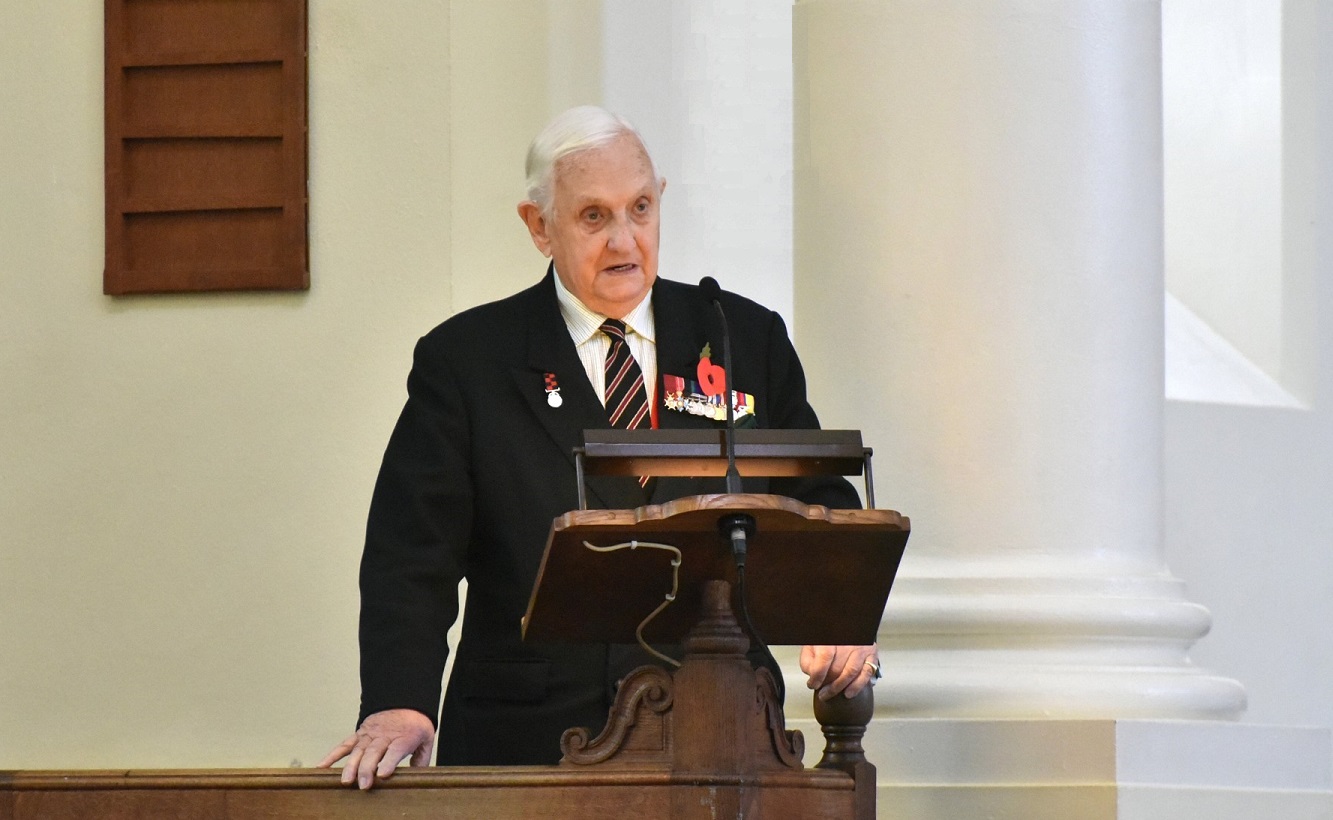The Haileybury Society is deeply saddened to learn of the death of Field Marshal Sir John Lyon Chapple, GCB, CBE, DL, (K 45) Chief of the Defence Staff, who has died on 25th March 2022, aged 90.
Born at Maida Vale, London in 1931, John Lyon Chapple joined Kipling House in 1945, coming to the College from the Haileybury Junior School at Windsor. It was here that he witnessed first hand the impact of war when a V1 flew over Haileybury and exploded not far away.
At Haileybury, John represented the school in Fencing (1948-9) and won the Legge Cup in 1949; he was to move up to Cambridge in 1951 to study Modern Languages and History where he was later also awarded an MA in 1958. An interest in acting, nurtured at Haileybury, was also to resurface at university where he appeared in five productions directed by Peter Hall.
Malaya Emergency and jungle fighting
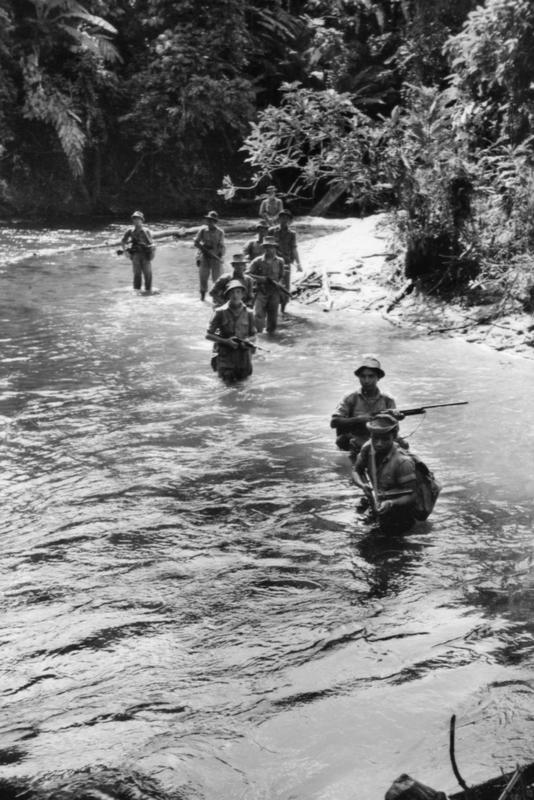
After taking a regular commission in the army, his military career began with the 2nd King Edward VII’s Own Goorkhas (The Sirmoor Rifles), thought of the elite element of the Brigade of Gurkhas.
His introduction to hard fighting was not short in coming, serving three years in the dangerous South Johore region during the Malaya “emergency” of 1948-60, a conflict also known as the National Anti-British Liberation War.
Following Staff College, Camberley in 1962, and his appointment to chief personnel and logistics officer of a brigade in the British Army of the Rhine, John returned to the jungle with the 1st/2nd as a company commander during the Indonesian “Confrontation” in Borneo.
Warfare here was cross-border with confusion reigning. In 1966, a hostile Indonesian Lockheed Hercules aircraft attempted to land by mistake at John’s base in Sarawak, recognising its error only when his troops opened fire. The same aircraft made the same mistake later only on this occasion to be shot at in error by men of its own side and having to crash land. In later years, John learned that this action had unintentionally averted a coup; the aircraft was carrying elite paratroopers ordered to remove President Sukarno.
Challenging times
After Borneo, John remained with 1st/2nd Gurkha Rifles, commanding them in Singapore and Hong Kong, before returning to Camberley as a member of the directing staff.
In 1973, he was promoted to the leading colonel’s post in the MoD. His challenges were immense with difficulties in Northern Ireland and the Turkish invasion of northern Cyprus proving to be particularly demanding, especially against a backdrop of the then Labour government’s continued defence cuts and the withdrawal of forces east of Suez.
Notwithstanding, John was to take command of 48 Gurkha Infantry Brigade in Hong Kong before returning to Britain again to serve as principal staff officer to the chief of the defence staff. Subsequently promoted to major-general, he again returned to the Far East as Commander British Forces (CBF) Hong Kong.
Higher office
In 1982, John was promoted to director of military operations, a brief which covered not only land operations worldwide but also the British army’s budget planning and management. Serving initially under John Nott, his next boss was Michael Heseltine, whose interest was in greater centralisation at the Ministry of Defence; John was the army’s representative on the working group.
One of the outcomes of the centralisation agenda was that John was made deputy chief of the defence staff for programmes and personnel, followed later by a spell as as C-in-C UK Land Forces before becoming Chief of the General Staff in 1988. Although he was to miss out on becoming the next chief of defence staff, he was typically pragmatic about it and accepted with pleasure the post of governor and commander-in-chief, Gibraltar in 1992, a post he held until 1995.
Broad range of interests
As John said, “all my life I’ve been surrounded by people who thought they could do my job better than I could, and by and large I’ve let them.”
As befitting a man who earned the respect of others by both listening to them but also by contributing his own knowledge, John had a vast hinterland of interests beyond those of his professional career, including zoology, geography and ornithology. Not only was he a Fellow of the Zoological Society, the Royal Geographical Society, the Linnean Society, and the Royal Society of Arts, he was also, amongst other posts, a Trustee of WWF Hong Kong and President of the Zoological Society of London (1992-4).
No doubt instilled by his ISC connections, John not only had a collection of Kipling first editions but also a deep interest in matters military. Amongst his many posts were Deputy Chairman of the Council of the National Army Museum, President for the Society of Army Historical Research and President of the Military History Society. His passion for militaria is exemplified by his collection of over 9,000 military cap badges, in particular the Indian Army, which is now housed at the National Army Museum in London; his Irish badges at the National Museum of Ireland in Dublin.
A proud Haileyburian
Sir John Chapple was a loyal member of The Society, attending many events and making regular charitable donations over the years.
Most recently, he attended Haileybury for our Service of Remembrance in Chapel in 2018 (main image) where he addressed the congregation on the 100th anniversary of the end of the Great War.
He was a proud Haileyburian whose life was defined by the spirit of service we all hold dear.
John is survived by his wife Annabel, whom he married in 1959, and by their four children, to whom the Haileybury Society sends its deepest condolences at this difficult time.
Photograph of Sir John Chapple: Steve Beeston
More from The Haileybury Society
- Drinks Reception & Dinner In Bangkok

- Never In Our Comfort Zone – Challenge Complete

- Weekly Watercolour Classes with John Hill (K 63)
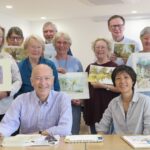
- Oscar Lock (BF 13)
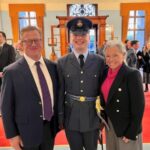
- Haileybury Connections In Uganda
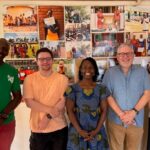
- Now Published – The Haileybury Society Annual Report 2025
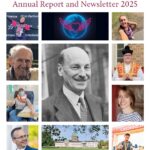
Unless otherwise stated, all content and images on this website and blog © The Haileybury Society, 2024, all rights reserved
Search stories by date
Unless otherwise stated, all content and images on this website and blog © The Haileybury Society, 2024, all rights reserved
